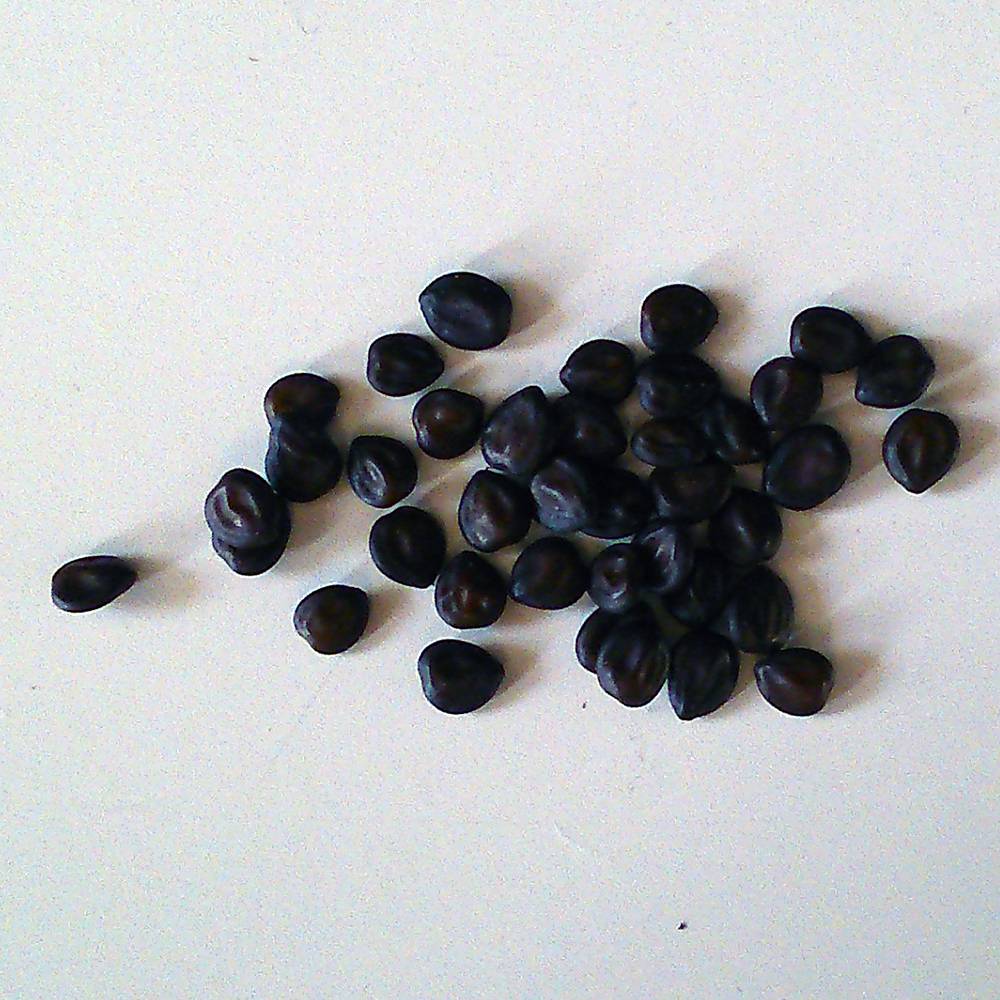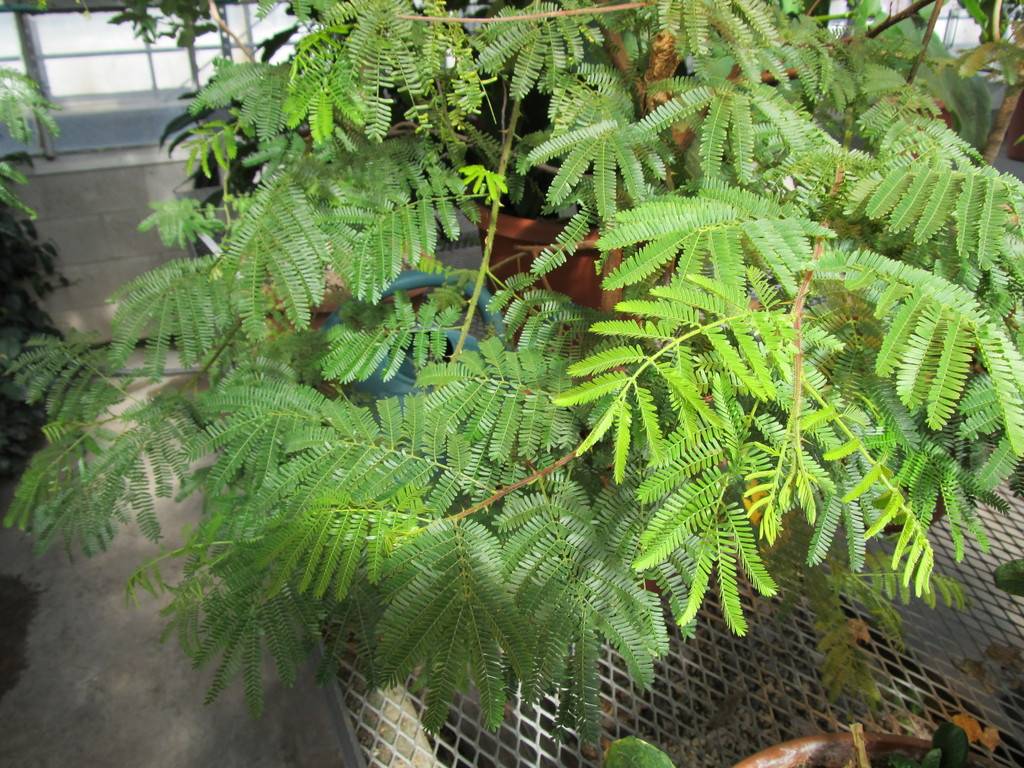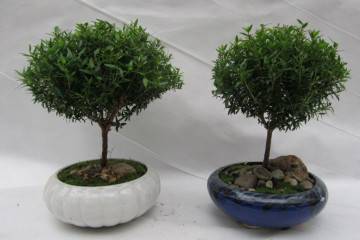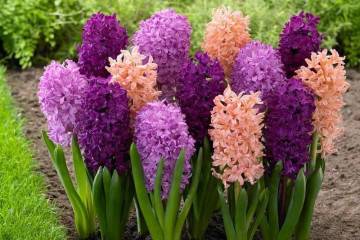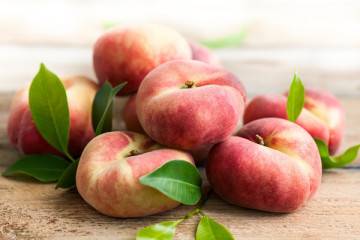Mimosa Hostilis - what kind of plant
Content:
Mimosa Hostilis is an evergreen shrub from the genus Mimosa. Outwardly, this cute, but not outstanding plant is widely known for its unusual properties. It contains dimethyltryptamine, a well-known psychotropic substance.
Mimosa Hostilis (Hostilis, Mimosa Tenuiflora) - what is this flower
Mimosa Hostilis is a plant of the Mimosa Tenuiflora species, belonging to the genus Mimosa in the Legume family. Previously, there was a separate Mimosa family, which was disbanded.
It is believed that the shamans of the tribe themselves went to get the roots of mimosa. They walked towards the mountain, near which there were thickets of trees, chose the thickest, oldest of them and took away part of its roots. The older the plant, the more dimethyltryptamine in its parts.
The substance accumulates not only in the roots, but also in the leaves, but to a lesser extent. But the bark has healing properties. Its powder quickly heals wounds and relieves pain. This property is fully exploited in Mexico.
Short description
This flower is very different from the usual mimosa, which is usually given to women on March 8. This is justified, since what is called mimosa in Russia and many other countries belongs to a completely different family - Acacia. Confusion occurs due to the disbandment of the Mimosa family and the distribution of species belonging to it into other botanical groups.
Description of Mimosa Tenuiflora:
- the form of growth is a tree, the height of which in nature can reach 8 m, but such specimens are extremely rare;
- the trunk is covered at the base with wide spines, the length of which is about 4 mm. Spines are sparsely located;
- pinnately dissected leaves of medium length, about 5 cm;
- flowers are white and fragrant, inflorescence is an ear;
- fruit - a pod up to 3 cm in length, divided into several equal parts. The fruits ripen medium-sized seeds covered with a hard shell.
Where it grows in the wild
Habitat of Mimosa Tenuiflora - northeastern Brazil:
- Paraiba;
- Rio Grande de Norte;
- Ceara;
- Pernambuco;
- Bahia.
Brazil is a country in which this type of mimosa is widespread. To a lesser extent, the flower can be found in Mexico, El Salvador, Honduras, Panama and the tropical forests of South America.
Cultivation
Mimosa Hostilis is a thermophilic plant that absolutely does not tolerate frost. To grow it, the following conditions are required:
- the place where it is planned to grow the flower should be well lit, closed from strong gusts of wind and drafts;
- nutritious and loose soil that conducts water and air well. In summer, regular watering is required, in winter it is reduced to a minimum;
- for outdoor cultivation, extremely high temperatures are suitable. In Russia, it is almost impossible to grow such a tree on the street, only botanical gardens, greenhouses are suitable for this, cultivation at home is possible, but in Russia the plant is prohibited;
- for full growth and development, the introduction of mineral and organic fertilizers is mandatory. They are added to the soil 2 times a month during the entire growing season. During the rest period, you do not need to fertilize mimosa;
- high humidity levels must be maintained throughout the year. In the homeland of Mimosa Tenuiflora, it is always at a high level.
These are only general conditions, for full growth and development, exact, strict adherence to all rules will be required, otherwise growth stops and the flower dies.
The preparation and planting of seeds is carried out according to the following scheme:
- The seeds have a very dense shell, they need preliminary scarification before planting. First, the seed is cut with a disinfected sharp knife (thanks to this, the seedlings will appear faster).
- The seeds are immersed in hot water with a temperature of about 60 ° C and left there for half an hour. A higher water temperature is possible, as long as it is not boiling.
- The seeds are planted in loose, nutritious soil in a container with a good drainage layer at the bottom. The substrate must be moist.
- From above, the seedlings must be covered with glass or plastic wrap and placed in a warm place where the sun's rays will not penetrate.
- The greenhouse must be ventilated periodically, as well as maintain a high level of humidity in it.
- As soon as the first shoots appear, the shelter is removed and the container is rearranged on the windowsill. After about a month, the plant is considered an adult. At this time, you need to ensure that the soil is always moist, but at the same time, the water does not stagnate in it.
After another 3 months, the future tree is placed in a new spacious container. Its volume should be at least 15 liters, since it is a fast-growing plant, and its root system is developing at a very fast pace. Fertilization can be started about a month after planting. If all conditions are met, after 1.5 years, the plant height can be more than 2 m.
Why is this plant banned in Russia
Several years ago, with the active development of online stores, they began to offer dried plant parts. Their psychotropic properties have attracted many exotic lovers and people suffering from drug addiction. Despite the fact that the price for them was constantly growing, the popularity of the product did not fall. The seeds of the plant were also sold, from which dependent botanists could freely grow the tree at home. This plant attracted with its fast action on the body and a long period of relaxation.
They used the substance as a familiar "herb", by injecting it through the nose, sniffing it, smoking it, eating it and even injecting it intramuscularly. Dimethyltryptamine causes acute sensory problems. The result depends on the dose, with large quantities, changes in consciousness are possible. In 2017, the prime minister banned the plant as part of an anti-drug program. Its cultivation and use in Russia is prohibited in any form. Several specimens of mimosa grow in the botanical gardens of the North Caucasus for research.
Use as entheogen
Entheogens are the unofficial name for a group of various plant components that contain psychogenic substances that cause various changes in consciousness.These substances are actively used by tribal shamans, as well as the heads of various sects, to enter a state of trance and be able to "communicate with spirits and deities."
Mimosa Hostilis is a very unusual plant. It does not stand out in any way outwardly, fully corresponds to the characteristics of its kind and is not decorative. Indoors, it was originally grown as an exotic, unusual flower. But people with drug addiction quickly learned about its capabilities, and this became a serious problem. That is why the unremarkable flower has become a banned plant in the territory of not only the Russian Federation, but also in many European countries.


